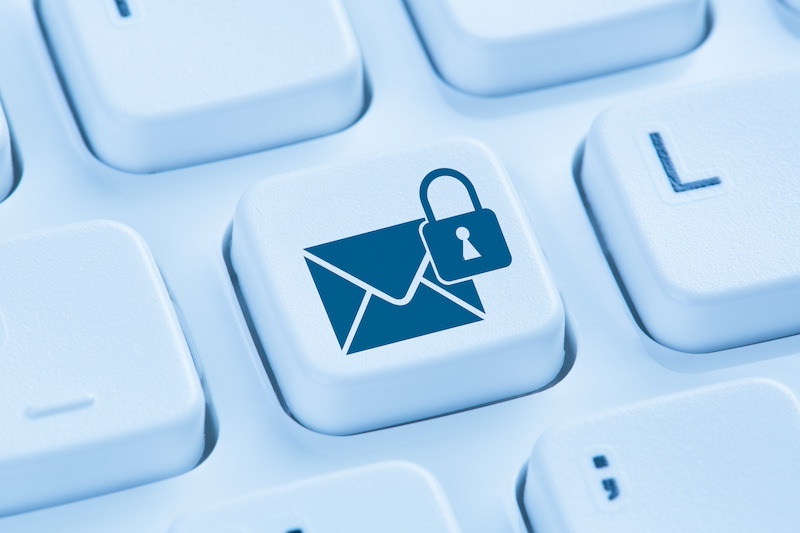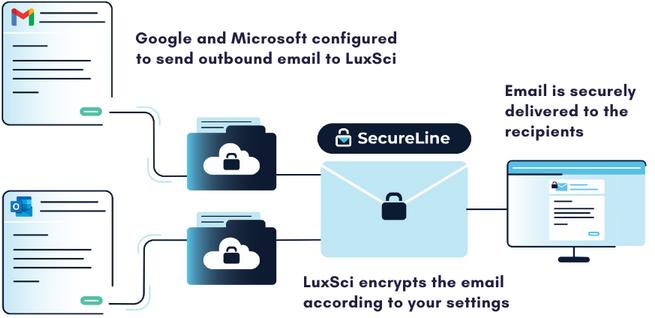Almost everyone has been in this situation: someone claims to have sent you an email message, but you look in your inbox and don’t see it. As far as you know, you never got it. How can you prove an email was sent?
How to Prove That an Email was Sent
So, where do you start? As the purported recipient of an email message, the easiest way to prove that a message was sent to you is to have a copy of that message. It could be:
- In your inbox or another email folder
- A copy in your permanent email archives
Sometimes, missing emails are caused by simple user errors. The obvious place to start the search is in your inbox and email folders. It’s also a good idea to check your email filtering and archival services. It’s possible that your email filtering system accidentally flagged the message as spam or sent it to quarantine. If it’s not there, check your email archival system. That should capture a copy of all sent and received messages.
Hopefully, that will solve the issue. If it doesn’t, it’s worth stepping back to understand where the email could have gone and where you should turn next to solve the problem.
What happened to the email?
In reality, there are only a few things that could have happened:
- The recipient never sent the message.
- The recipient did send the message, but it did not reach you.
- The message did make it to you, but it was accidentally or inadvertently deleted (or overlooked).
Let’s begin with what you can check and investigate. Start your search soon. The more time that elapses, the less evidence you may have, as logs and backups get deleted over time.
Did the recipient actually send the message?
First, you should know that the sender could have put tracking on the message so that they were informed if you opened or read it (even if you are unaware of the tracking). In such cases, the sender can disprove false claims of “I didn’t get it!” If you are concerned about an email being ignored, use read recipients or tracking pixels to confirm email delivery.
If you never saw the message, do what we discussed above and start searching your email folders for it. It could have been accidentally moved to the wrong folder or sent to the Trash folder. If you have a folder that keeps copies of all inbound emails (like LuxSci’s “BACKUP” folder), check there too. Check your spam folder and spam-filtering system. Your spam-filtering system may also have logs that you can search for evidence of this message passing through it. Finally, check any custom email filters you may have set up with your email service provider or in your email programs. If you have filters that auto-delete or auto-reject some messages, see if that may have happened to the message in question.
The searches above are straightforward; you can do many of them yourself. Often, they will yield evidence of the missing message or explain why you might not have received it.
Maybe the email was sent but didn’t make it to you?
Email messages leave a trail as they travel from the sender to the recipient. This trail is visible in the “Received” email headers of the message (if you have it) and in the server logs at the sender’s email provider and your email provider. If you know some aspects of the message in question (i.e., the subject, sender, recipient, and date/time sent), you can ask your email service provider to search their logs to see if there is any evidence of such a message arriving in their systems. This will tell you if such a message reached your email provider. However, email providers can typically only search the most recent one to two weeks of logs. So, if the message in question was from a while ago, your email service provider may be unable to help you (or may charge you a lot of money to manually extract and search archived log files if they have them).
If your email provider has no record of the message or cannot search their logs, you (or the sender) can ask the same question of the sender’s email provider. If they can provide records of such an email being sent through their system, that will prove the email was sent.
The log file analysis provided by the email providers could also explain why you didn’t get the message. Your email address might have been spelled wrong, there could have been a server glitch or issue, etc. However, if the message was sent long ago, the chance of learning anything useful from the email provider is small. Also, if you use a commodity email provider such as AOL, Yahoo, Outlook, Gmail, etc., you may find it impossible to contact a technical support person and have them perform an accurate and helpful log search. Premium providers, like LuxSci, are more likely to support your requests.
The last thing you can do is have the sender review their sent email folders for a copy of that message. If they have it, that can indicate that they sent it and can reveal why you didn’t get it (i.e., wrong email address, content that would have triggered your filters, etc.). However, be wary. It is easy to forge a message in a sent email folder, so it should not be considered definitive proof that the message was sent. And, even so, just because the message was sent, it does not prove it ever made it to your email provider or inbox.
The recipient never actually sent the email message
If the sending event was recent, then the data from your email service provider can prove that the message did not reach you, but that doesn’t prove that it was not sent. The sender may claim that they do not have a record of sent messages and that their email provider will not do log searching, and that may also be true. At this point, you are stuck without a resolution.
While email is a reliable delivery system, there are many ways for messages not to make it to the intended recipient. Whether it was not sent or was sent and never arrived, the result is the same- no message for you. As a result, it’s best not to send legal notices or other important documents only by email. Using read receipts and other technologies when sending important messages can help increase confidence that an email was sent and received. Still, there is no foolproof way to guarantee email delivery.
How Do I Prove the Email Sender’s Identity?
A separate but related question is, how can I be sure the sender is who they say they are? Social engineering is rising, and cybercriminals can use technology to impersonate individuals and companies. If you are questioning whether the sender actually sent the message to your inbox (or if it is from a spammer or cybercriminal), it is necessary to perform a forensic analysis of the email headers (particularly the Received lines, DKIM signatures, etc.) and possibly get the sender’s email provider involved to corroborate the evidence. To learn more about how to conduct this analysis, please read: How Spammers and Hackers Can Send Forged Email.













